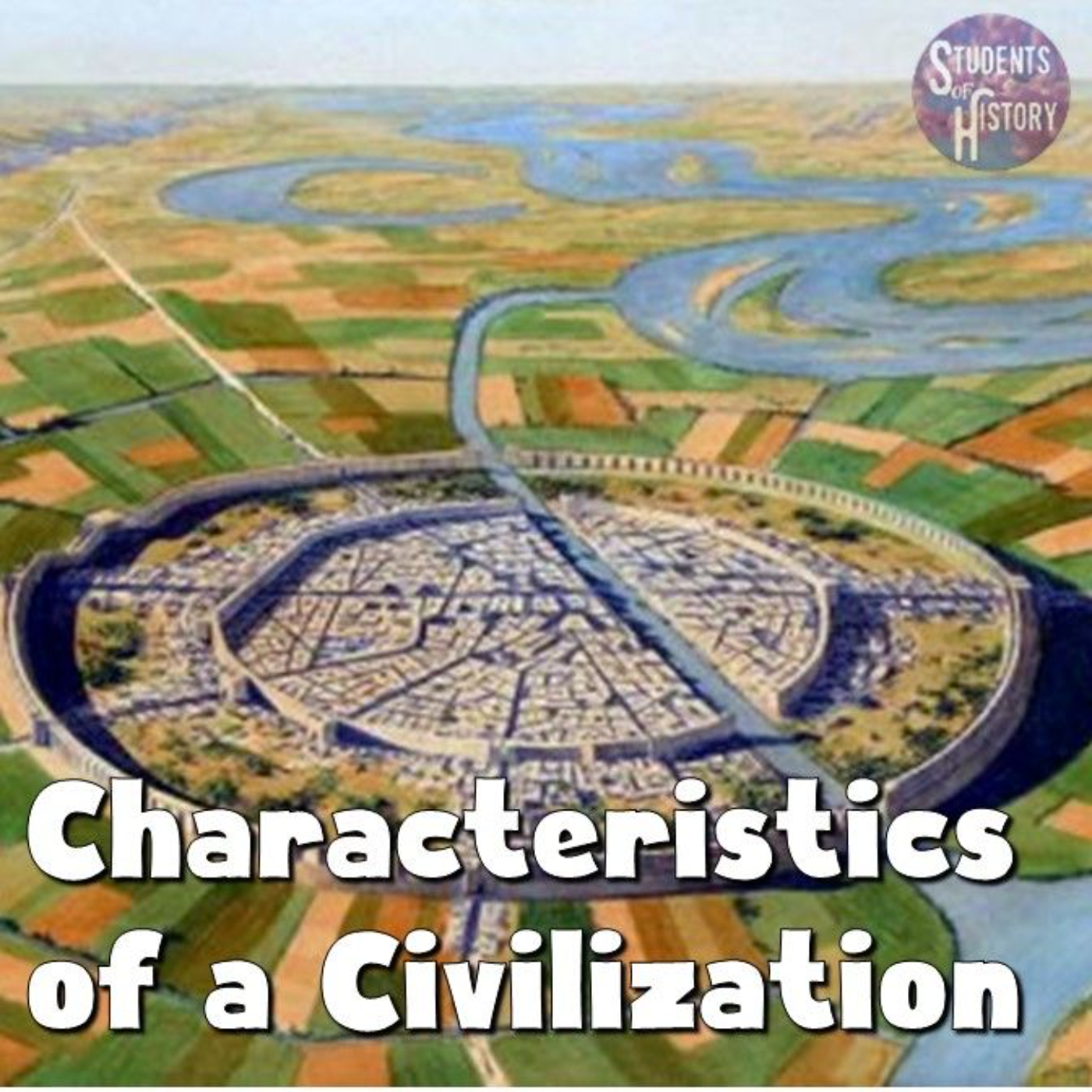What is a Civilization?

Civilization is the stage of human social development and organization that is considered most advanced. A civilization can also be defined as a complex culture with five significant characteristics: advanced cities, specialized workers, complex institutions, record keeping, and advanced technology.
Advanced cities are an important feature of civilized life. Cities were actually the birthplaces of the first civilizations. Evidence of the first civilizations can be found in Mesopotamia. Just like today, cities came into existence and grew due to trade.
Ancient city dwellers relied on trade in order to continue their non-nomadic lifestyle. In exchange for various goods, city dwellers produced a wide variety of goods that they could trade. This was a very early form of economics, in which trading was used as a form of currency.

Specialized workers were another sign of development. Because people were no longer busy following their food as nomadic hunter-gatherers, they had more time on their hands. This meant that they had the time to develop specialized skills. For instance, some city dwellers became artisans.
An artisan is a skilled worker who makes goods by hand. Artisans were known for making pottery, clothes, baskets, works of art, etc., and they played an important role in early civilization because their wide range of crafts helped cities to become centers of trade.
Complex institutions developed naturally because a civilization meant that lots of people were living in one area. City populations were soaring, which meant that people needed a system of ruling, or government to keep order. Leaders of civilizations eventually emerged so that they could create and enforce laws. Before civilization, people had religious beliefs, as was seen in cave paintings. However, in early civilization, religion became a formal institution. The coming together of large numbers of people really changed how the way life was lived- from religion to rules.
In this time, record keeping extended far beyond pictures. In Mesopotamia, Sumerians developed a writing system called cuneiform. Cuneiform was recorded by inscribing information onto clay tablets. During these times, writers were called scribes. Scribes would keep records of important information such as the names of rulers, laws, and important historical events on these clay tablets.
Technology continued to advance in early civilization. For hunting, it went beyond using wood, bone and stone tools. Around 3500 BCE, bronze tools began appearing in Sumerian culture, and artisans began using the potter’s wheel for the first time. With the potter’s wheel, artisans were able to make jugs, plates, and bowls. By 2500 BCE, metalworkers in Sumer produced thousands of bronze spearheads. Just imagine how much time was saved by the development of such technology.
The first civilizations saw a way of life almost entirely different from the prehistoric era. Agriculture, financial systems, religion, law, and technology all defined a new way of human life.